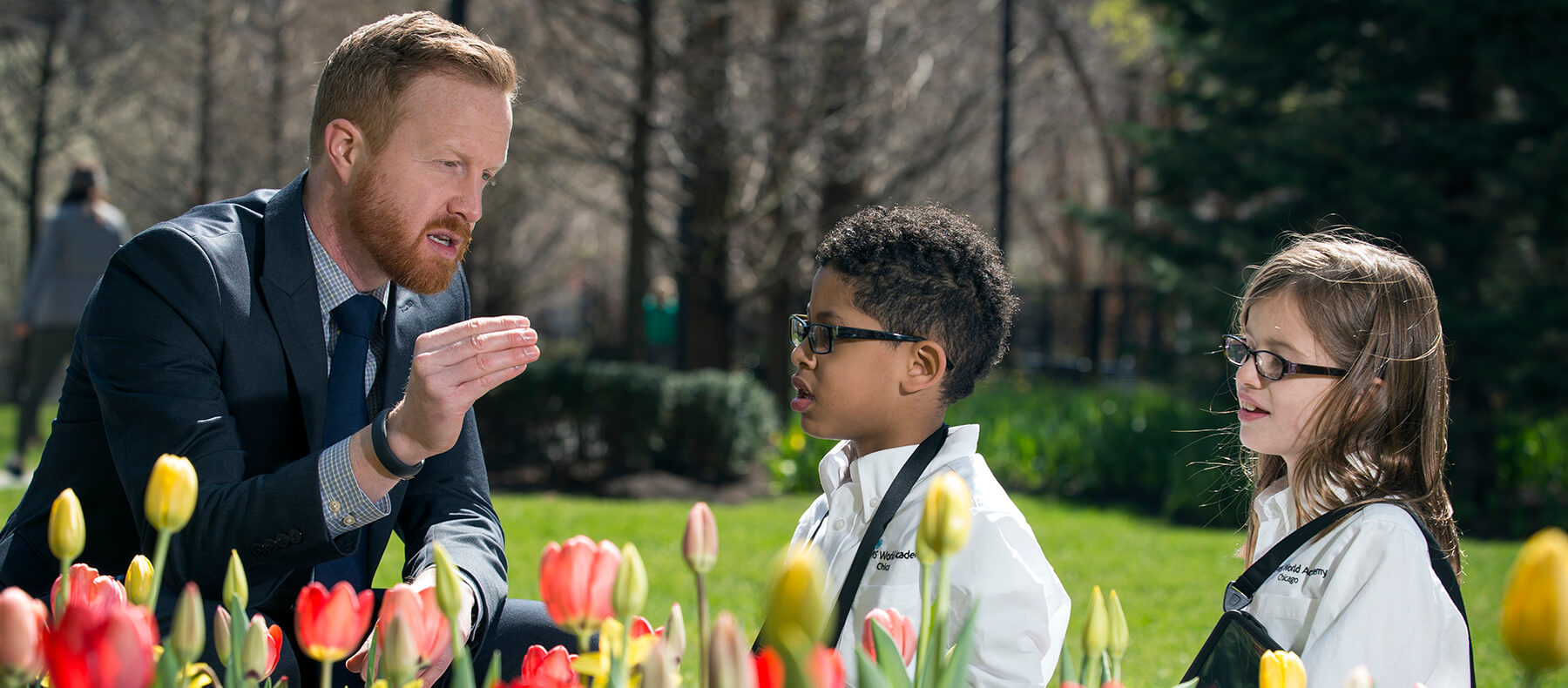
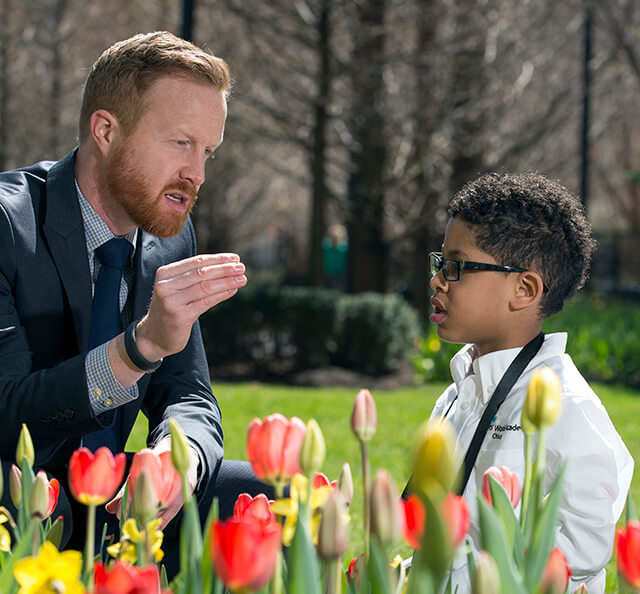
GRADES 1–5
Lower School Curriculum
OVERVIEW
Developing Young Inquirers
The Primary Years Program (PYP) framework focuses on the development of the whole child as an inquirer, at school and throughout their lives.

Take a Closer Look
Videos

A Transdisciplinary Approach
The Primary Years Program
The Primary Years Program combines a thorough exploration of core academic subjects with a focus on developing an understanding of learning in real-world contexts. Learning is oriented around six transdisciplinary themes focusing on issues and topics that cross subject areas. Teachers meet regularly to devise and reinforce connections between subject areas. This approach makes the subject matter more relevant and engaging to students, resulting in more effective learning. Lessons repeatedly ask students to consider alternate cultural perspectives, leading to a growing appreciation of diversity and global citizenship.
DEVELOPING YOUNG INQUIRERS
Program of Inquiry
Teachers collaborate to develop a program of inquiry oriented around six transdisciplinary themes which focus on issues and topics that cross subject areas. These themes help students gain an understanding of themselves and the world around them.
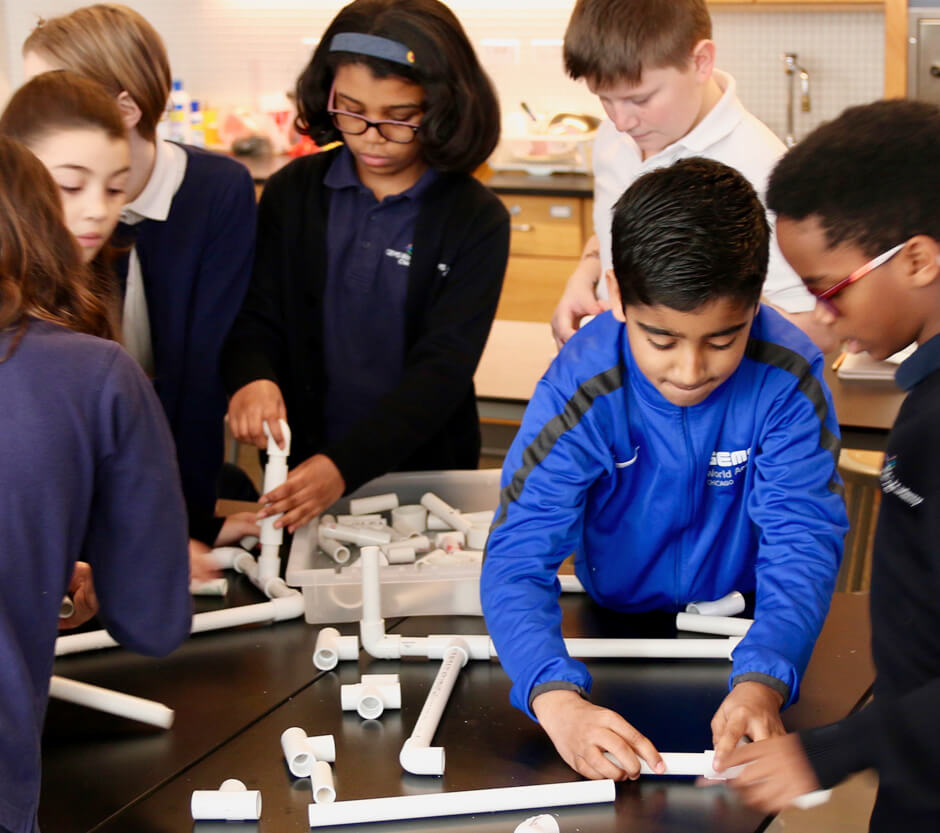
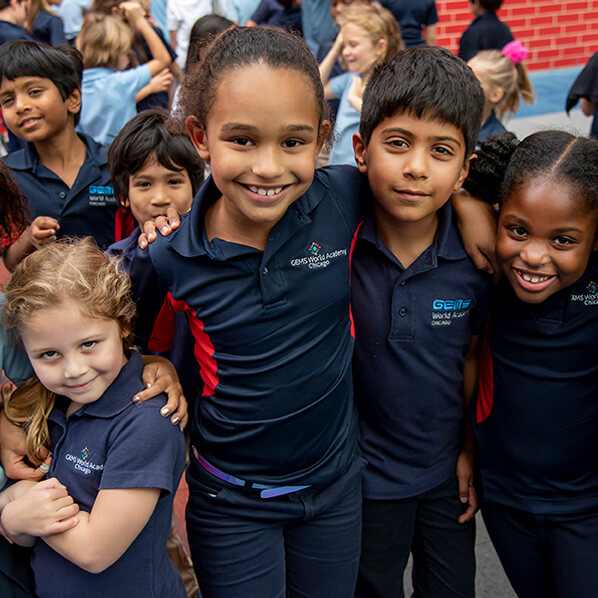
An inquiry into: the nature of the self, beliefs and values; personal, physical, mental and spiritual health; human relationships including families, friends, communities and cultures; rights and responsibilities; what it means to be human.
Choices
- Central Idea: the choices of individuals influence a group.
- Key Concepts: causation, function
- Related Concepts: conflict, community, change
- Lines of Inquiry: the different strategies for resolving conflict, how your actions impact others, how we recognize and take responsibility for our own feelings

An inquiry into: the nature of the self, beliefs and values; personal, physical, mental and spiritual health; human relationships including families, friends, communities and cultures; rights and responsibilities; what it means to be human.
Relationships
- Central Idea:behavior impacts relationships with others and our environment.
- Key Concepts: causation, responsibility
- Related Concepts: conflict resolution, fairness, expectations, relationships
- Lines of Inquiry: how communication affects relationships, group interactions, virtual behavior and relationships

An inquiry into: the nature of the self, beliefs and values; personal, physical, mental and spiritual health; human relationships including families, friends, communities and cultures; rights and responsibilities; what it means to be human.
Change Catalysts
- Central Idea: individuals can cause change locally and globally.
- Key Concepts: change, responsibility, perspective
- Related Concepts: empathy, beliefs and values, motive
- Lines of Inquiry:ways to take action, reasons to seek change, change catalysts throughout history

An inquiry into: the nature of the self, beliefs and values; personal, physical, mental and spiritual health; human relationships including families, friends, communities and cultures; rights and responsibilities; what it means to be human.
Human Rights
- Central Idea: individuals and groups affect human rights locally and globally.
- Key Concepts: form, responsibility, perspective
- Related Concepts: prejudice, wealth, accessibility
- Lines of Inquiry: the rights humans have, human rights violations, our responsibility toward human rights

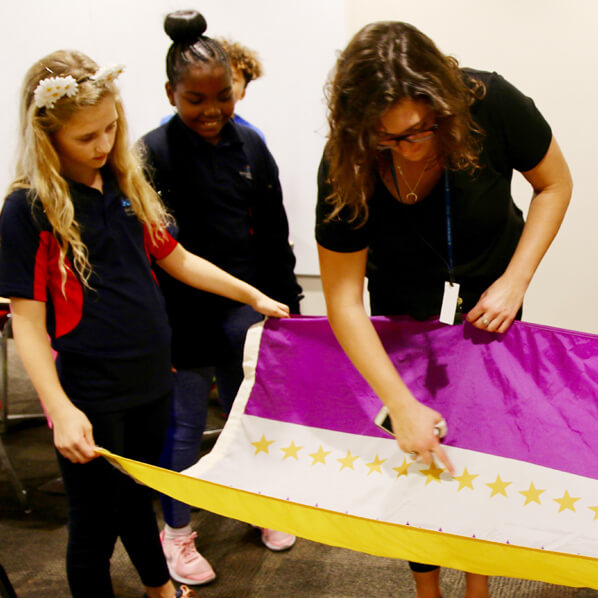
An inquiry into: orientation in place and time; personal histories; homes and journeys; the discoveries, explorations and migrations of humankind; the relationships between and the interconnectedness of individuals and civilizations; from local and global perspectives.
Family Traditions and Structure
- Central Idea: unique family structures and traditions help create diversity.
- Key Concepts: form, perspective, responsibility
- Related Concepts: traditions, cooperation, roles
- Lines of Inquiry: family structure, what makes a family, how families are alike and different

An inquiry into: orientation in place and time; personal histories; homes and journeys; the discoveries, explorations and migrations of humankind; the relationships between and the interconnectedness of individuals and civilizations; from local and global perspectives.
Innovation
- Central Idea: using the design cycle leads to innovation.
- Key Concepts: function, change, responsibility
- Related Concepts: innovation, progress, history, engineering, simple machines
- Lines of Inquiry: how and why we create and innovate, the design cycle, the impact of innovation, both past and present

An inquiry into: orientation in place and time; personal histories; homes and journeys; the discoveries, explorations and migrations of humankind; the relationships between and the interconnectedness of individuals and civilizations; from local and global perspectives.
Space
- Central Idea: earth and its atmosphere are part of a complex universe.
- Key Concepts: form, function
- Related Concepts: systems, exploration, atmosphere, gravity
- Lines of Inquiry: celestial bodies, factors that make a planet habitable, ways we learn about the universe

An inquiry into: orientation in place and time; personal histories; homes and journeys; the discoveries, explorations and migrations of humankind; the relationships between and the interconnectedness of individuals and civilizations; from local and global perspectives.
Cultural Geography
- Central Idea: (Im)migration shapes communities.
- Key Concepts: change, causation, perspective
- Related Concepts: migration, population, adaptation, immigration, stereotypes
- Lines of Inquiry: local and global impacts of (im)migration, reasons people (im)migrate, attitudes toward (im)migration

An inquiry into: orientation in place and time; personal histories; homes and journeys; the discoveries, explorations and migrations of humankind; the relationships between and the interconnectedness of individuals and civilizations; from local and global perspectives.
Scientific Innovation and Exploration
- Central Idea: scientific exploration challenges us to innovate, imagine and create
- Key Concepts: function, causation
- Related Concepts: scale, proportion, science fiction, space, systems, limitations
- Lines of inquiry: the limitations of scientific exploration, implications for the future, science in writing


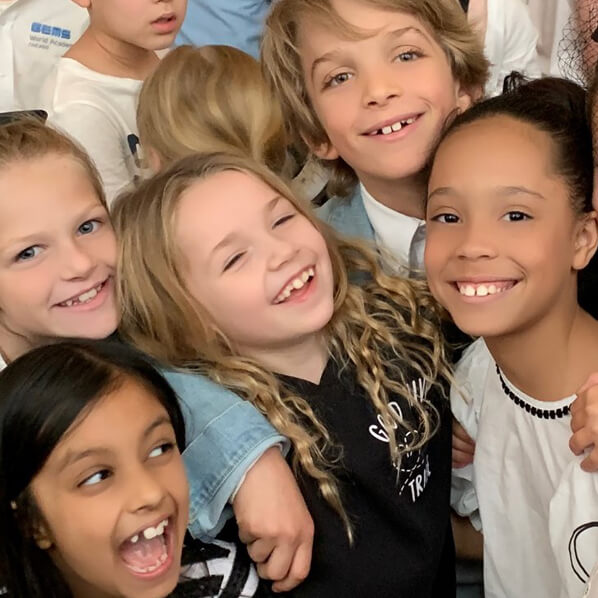
An inquiry into: ways in which we discover and express ideas, feelings and nature, culture beliefs and values; the ways in which we reflect, extend and enjoy creativity; our appreciation of the aesthetic.
Public Art
- Central Idea: public art influences and is influenced by a community
- Key Concepts: function, perspective, form
- Related Concepts: communication, citizenship, landscape
- Lines of Inquiry: what art is, the role of art in a community, communicating ideas through art

An inquiry into: ways in which we discover and express ideas, feelings and nature, culture beliefs and values; the ways in which we reflect, extend and enjoy creativity; our appreciation of the aesthetic.
Poetry
- Central Idea: feelings, ideas and discoveries can be shared through poetry
- Key Concepts: form, function, perspective
- Related Concepts: communication, identity, expression
- Lines of Inquiry: what poetry is, experimenting with language and sound to create meaning, responding to poetry

An inquiry into: ways in which we discover and express ideas, feelings and nature, culture beliefs and values; the ways in which we reflect, extend and enjoy creativity; our appreciation of the aesthetic.
Written and Oral Expression
- Central Idea: stories have structure and purpose
- Key Concepts: form, function
- Related Concepts: storyteller's purpose, story elements, presentation and delivery
- Lines of Inquiry: why people tell stories, story structure and format, ways of storytelling

An inquiry into: ways in which we discover and express ideas, feelings and nature, culture beliefs and values; the ways in which we reflect, extend and enjoy creativity; our appreciation of the aesthetic.
Light and Sound
- Central Idea: people can use light and sound waves to creatively express themselves
- Key Concepts: form, function, perspective
- Related Concepts: properties of waves, behavior, expression
- Lines of Inquiry: the science of light and sound, art can be a reflection of our feelings and experiences, creative ways to display light and sound

An inquiry into: ways in which we discover and express ideas, feelings and nature, culture beliefs and values; the ways in which we reflect, extend and enjoy creativity; our appreciation of the aesthetic.
Persuasion
- Central Idea: there are many ways to influence others
- Key Concepts: causation, perspective
- Related Concepts: communication, purpose, presentation
- Lines of Inquiry: persuasion techniques, persuasion vs. argument, tools to enhance communication


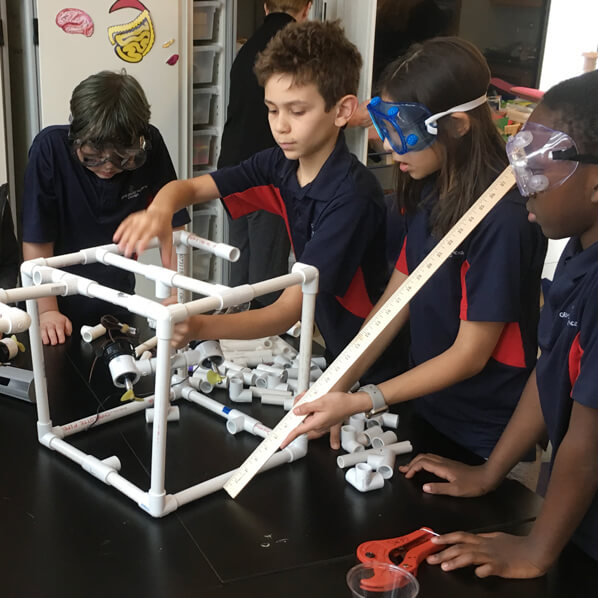
An inquiry into: the natural world and its laws; the interaction between the natural world (physical and biological) and human societies; how humans use their understanding of scientific principles; the impact of scientific and technological advances on society and on the environment.
Biodiversity
- Central Idea: biodiversity relies on maintaining the interdependent balance of organisms within ecosystems
- Key Concepts: connection, causation, change
- Related Concepts: interdependence, adaptations, classification, ecology
- Lines of Inquiry: how living things use adaptations to survive, how scientific observation fuels our understanding of the natural world, how energy moves through an ecosystem

An inquiry into: the natural world and its laws; the interaction between the natural world (physical and biological) and human societies; how humans use their understanding of scientific principles; the impact of scientific and technological advances on society and on the environment.
Weather
- Central Idea: people use observations and technology to investigate weather and its influence on the community
- Key Concepts: change, causation, connection
- Related Concepts: climate, systems, weather, water cycle, seasons
- Lines of Inquiry: different types of weather cycles, using scientific tools and technology to observe and collect data on weather, the effects of weather on communities

An inquiry into: the natural world and its laws; the interaction between the natural world (physical and biological) and human societies; how humans use their understanding of scientific principles; the impact of scientific and technological advances on society and on the environment.
Forces
- Central Idea: earth's events can occur quickly or slowly
- Key Concepts: causation, change
- Related Concepts: plate tectonics, erosion, natural disasters, geology
- Lines of Inquiry: ways land changes over time, small and large scale forces, ways of investigating earth's changes

An inquiry into: the natural world and its laws; the interaction between the natural world (physical and biological) and human societies; how humans use their understanding of scientific principles; the impact of scientific and technological advances on society and on the environment.
Electricity
- Central Idea: electricity impacts humans and the environment
- Key Concepts: form, change, causation
- Related Concepts: properties, transformation, natural resources, energy
- Lines of Inquiry: properties of electricity, generating, storing, and transferring electricity, how different electricity use and production affects the environment

An inquiry into: the natural world and its laws; the interaction between the natural world (physical and biological) and human societies; how humans use their understanding of scientific principles; the impact of scientific and technological advances on society and on the environment.
Curious about Chemistry
- Central Idea: the properties and states of matter can change and determine its use
- Key Concepts: change, form, function
- Related Concepts: structure, properties, role, behavior, transformation
- Lines of Inquiry: structure and properties of matter, analysis of how chemistry has influenced both past and present, reactions that can occur when materials combine


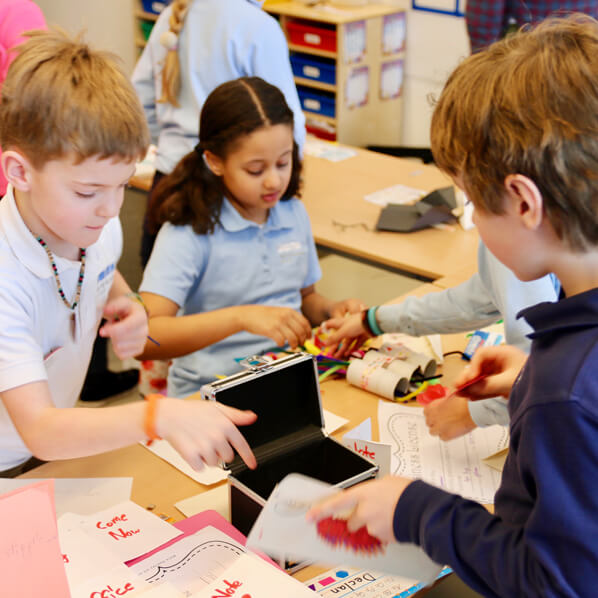
An inquiry into: the interconnectedness of human-made systems and communities; the structure and function of organizations; societal decision-making; economic activities and their impact on humankind and the environment.
Accessibility
- Central Idea: physical accessibility impacts how people experience their environment
- Key Concepts: change, responsibility, perspective
- Related Concepts: justice, citizenship, prejudice, innovation
- Lines of Inquiry: the varied ways people's bodies can be, how engineering and technology make accessibility possible, the responsibilities of individuals and societies to respond to the needs of people with disabilities

An inquiry into: the interconnectedness of human-made systems and communities; the structure and function of organizations; societal decision-making; economic activities and their impact on humankind and the environment.
Wants and Needs
- Central Idea: individuals and communities attempt to fulfill their wants and needs in different ways
- Key Concepts: form, causation
- Related Concepts: wants and needs, diversity, production
- Lines of Inquiry: the wants and needs of a community, the production of goods and delivery of services, how money is used

An inquiry into: the interconnectedness of human-made systems and communities; the structure and function of organizations; societal decision-making; economic activities and their impact on humankind and the environment.
Exploration
- Central Idea: there are many reasons people explore the world
- Key Concepts: causation, responsibility
- Related Concepts: ownership, impact, exploration, discovery
- Lines of Inquiry: what exploration is, explorers past and present, responsibilities and consequences of exploration

An inquiry into: the interconnectedness of human-made systems and communities; the structure and function of organizations; societal decision-making; economic activities and their impact on humankind and the environment
Economic Impact
- Central Idea: choices people make about how they earn and spend money have local and global impact
- Key Concepts: form, function, causation
- Related Concepts: economics, values, systems
- Lines of Inquiry: what economics is, the ways goods and services are produced, local and global impact of economic choices

An inquiry into: the interconnectedness of human-made systems and communities; the structure and function of organizations; societal decision-making; economic activities and their impact on humankind and the environment.
Government Systems
- Central Idea: government systems and citizens are influenced by each other
- Key Concepts: function, connection, responsibility
- Related Concepts: equality, citizenship, governance, law, politics
- Lines of Inquiry: how government systems function, the relationship between governments and citizens, how decision-making processes affect human rights


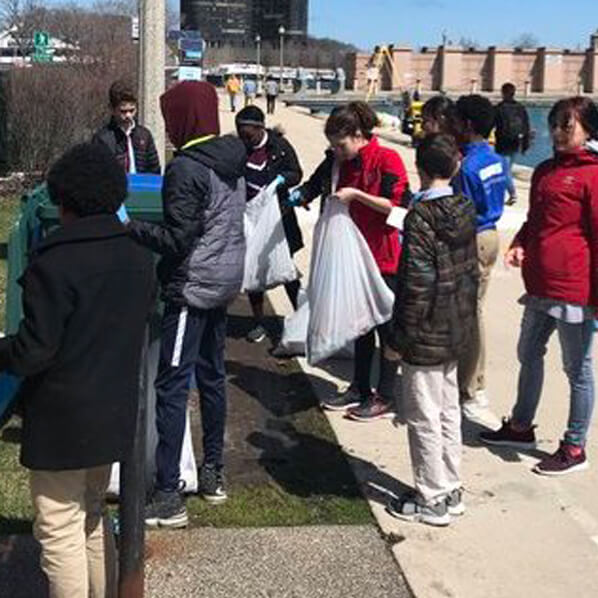
An inquiry into: rights and responsibilities in the struggle to share finite resources with other people and with other living things; communities and the relationships within and between them; access to equal opportunities; peace and conflict resolution.
Freshwater
- Central Idea: fresh water is a limited resource and essential to life
- Key Concepts: function, responsibility, connection
- Related Concepts: conservation, pollution, water system
- Lines of Inquiry: sources of water and how they are used, how living things depend on clean water, responsibility with water

An inquiry into: rights and responsibilities in the struggle to share finite resources with other people and with other living things; communities and the relationships within and between them; access to equal opportunities; peace and conflict resolution.
Survival
- Central Idea: species have specific traits and adaptations that help them survive
- Key Concepts: form, causation, responsibility
- Related Concepts: survival, adaptation, migration
- Lines of Inquiry: traits and adaptations, migration and its obstacles, human role in a species survival

An inquiry into: rights and responsibilities in the struggle to share finite resources with other people and with other living things; communities and the relationships within and between them; access to equal opportunities; peace and conflict resolution.
Environmental Impact
- Central Idea: over time, humans affect the environment in different ways
- Key Concepts: responsibility, perspective, causation
- Related Concepts: impact, interdependence, growth
- Lines of Inquiry: the impact of human wants and needs, consumption of natural resources, responsibility toward the environment

An inquiry into: rights and responsibilities in the struggle to share finite resources with other people and with other living things; communities and the relationships within and between them; access to equal opportunities; peace and conflict resolution.
Interdependence
- Central Idea: living things have interdependent relationships
- Key Concepts: connection, change, responsibility
- Related Concepts: interdependence, initiative, behavior
- Lines of Inquiry: types of relationships within an ecosystem, the outcome of changes in ecosystems, ways our personal actions affect ecosystems

An inquiry into: rights and responsibilities in the struggle to share finite resources with other people and with other living things; communities and the relationships within and between them; access to equal opportunities; peace and conflict resolution.
Exhibition
Central ideas, concepts and lines of inquiry will be developed by students with the support of the teachers.


Transdisciplinary Learning
Curriculum Focus Areas
Mathematics
Literacy
World Languages
Science
Social Studies
Personal, Social & Physical Education
Visual Arts
Library
Music
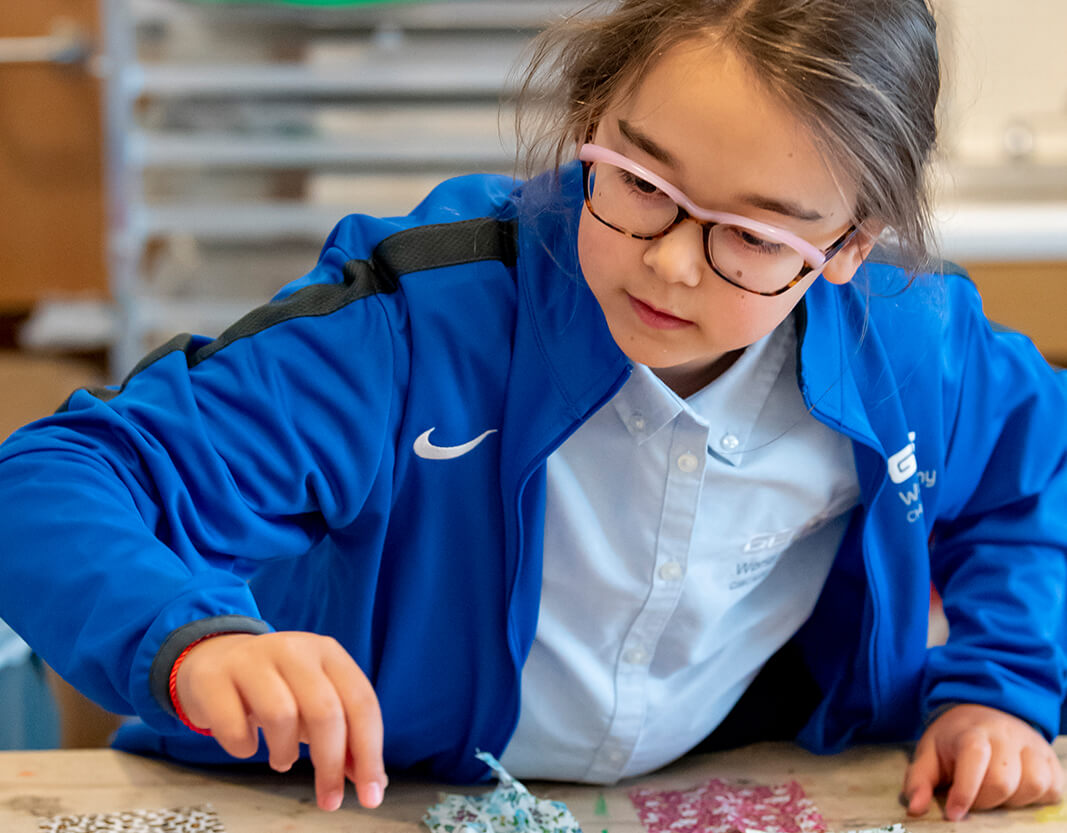
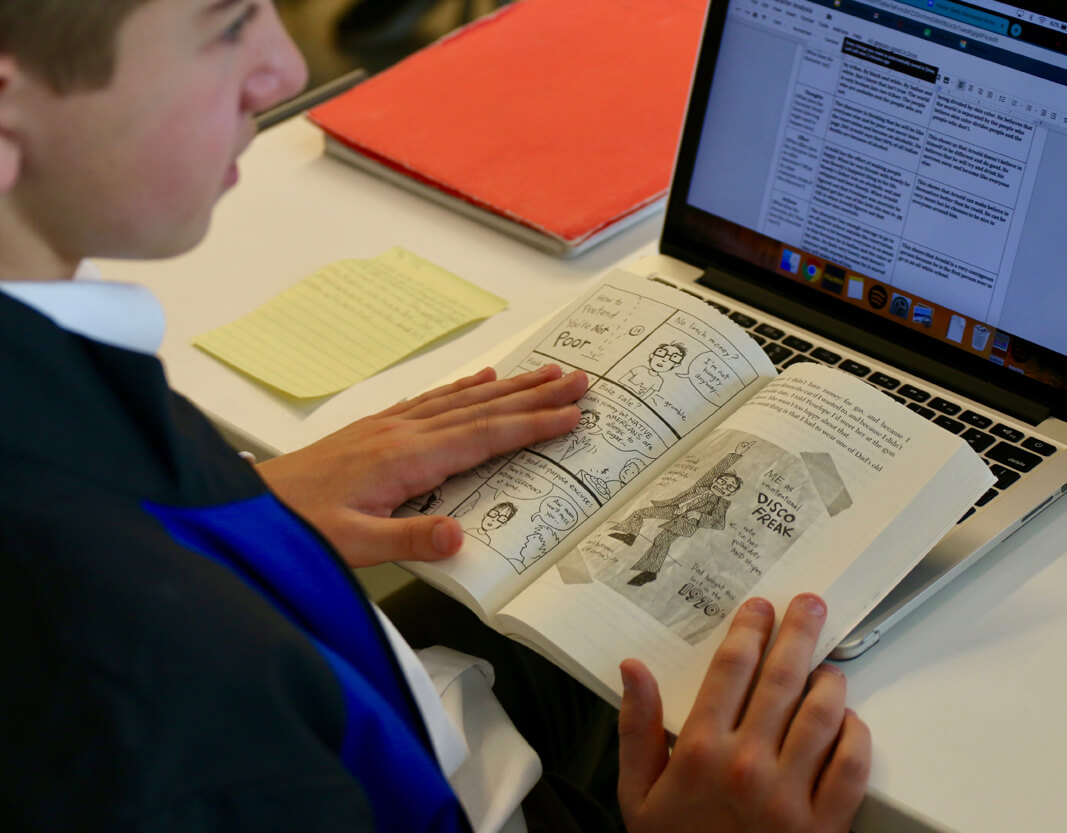
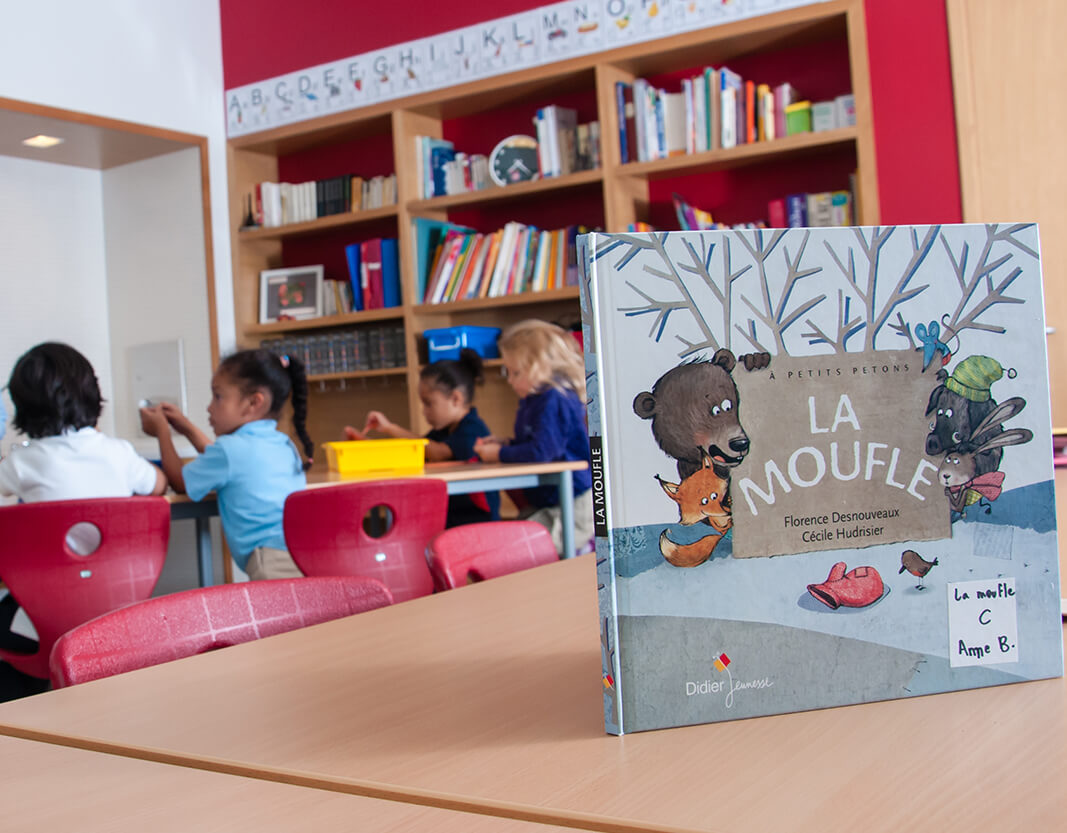
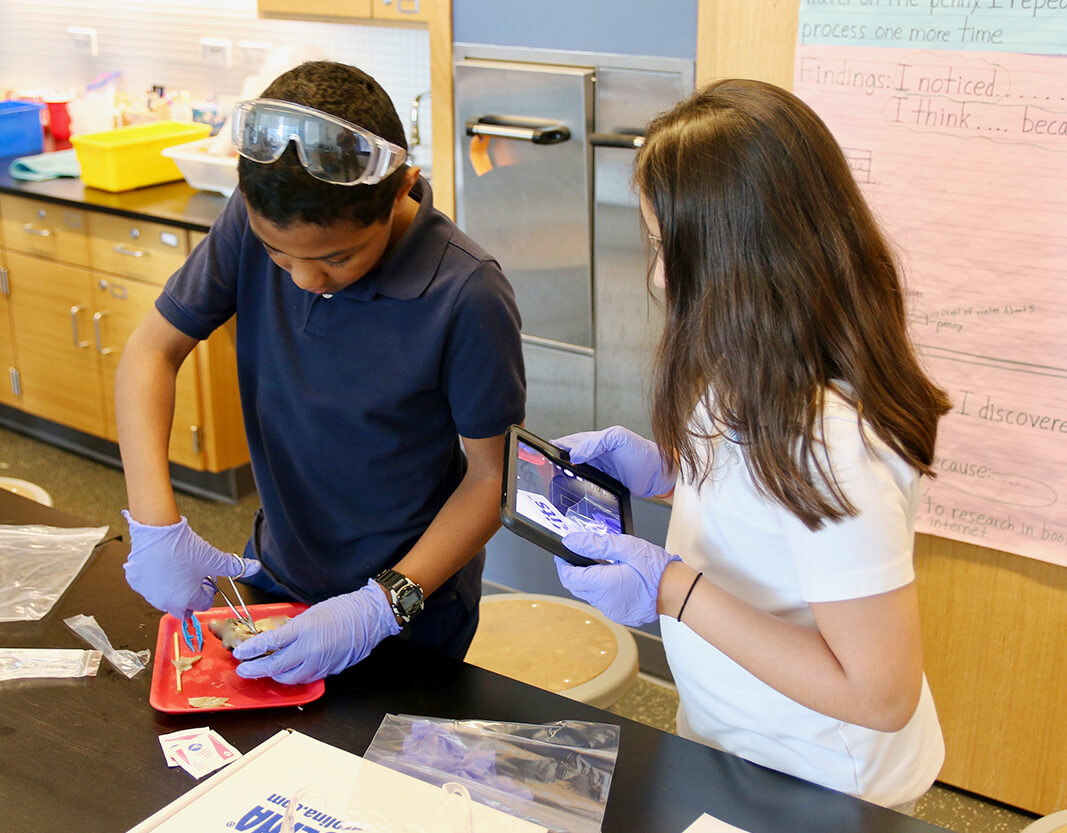
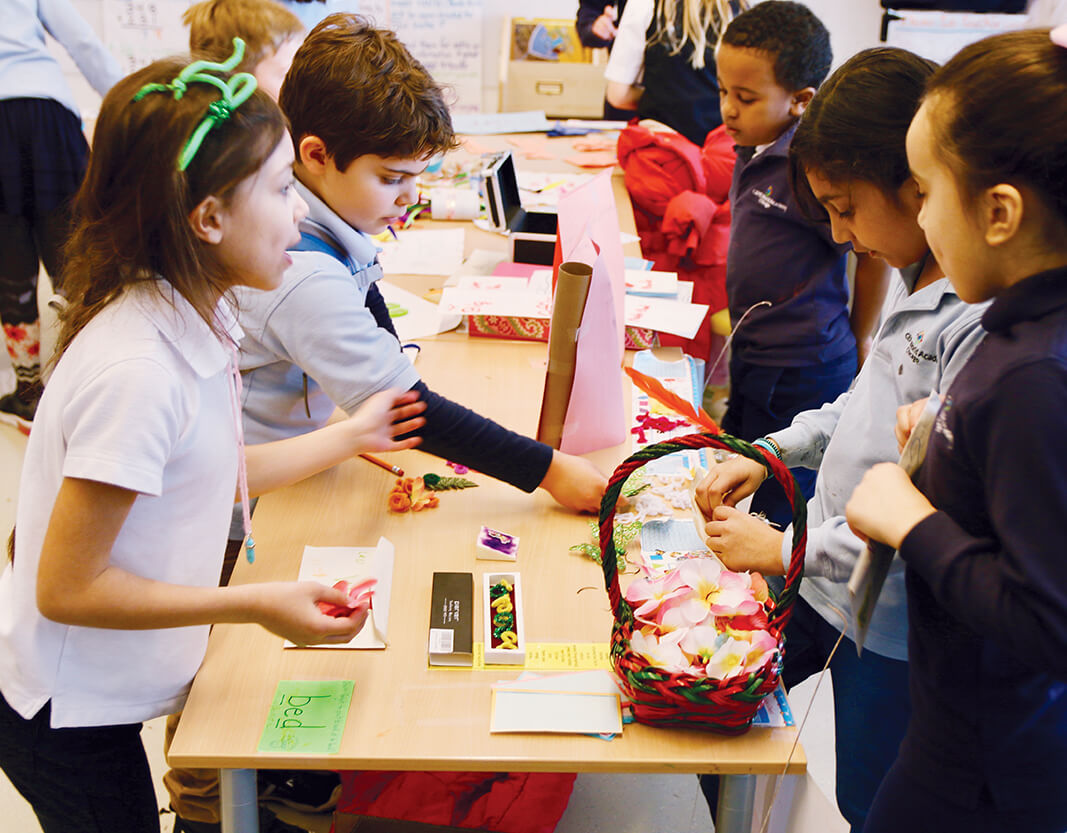
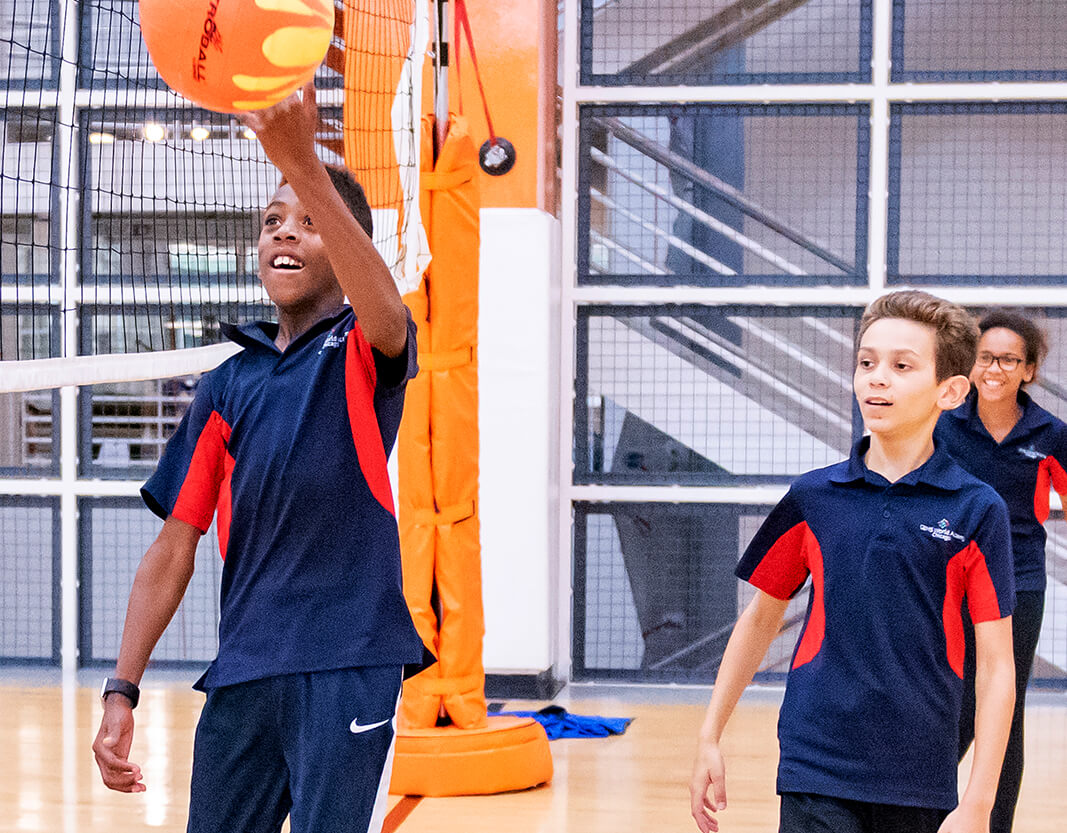
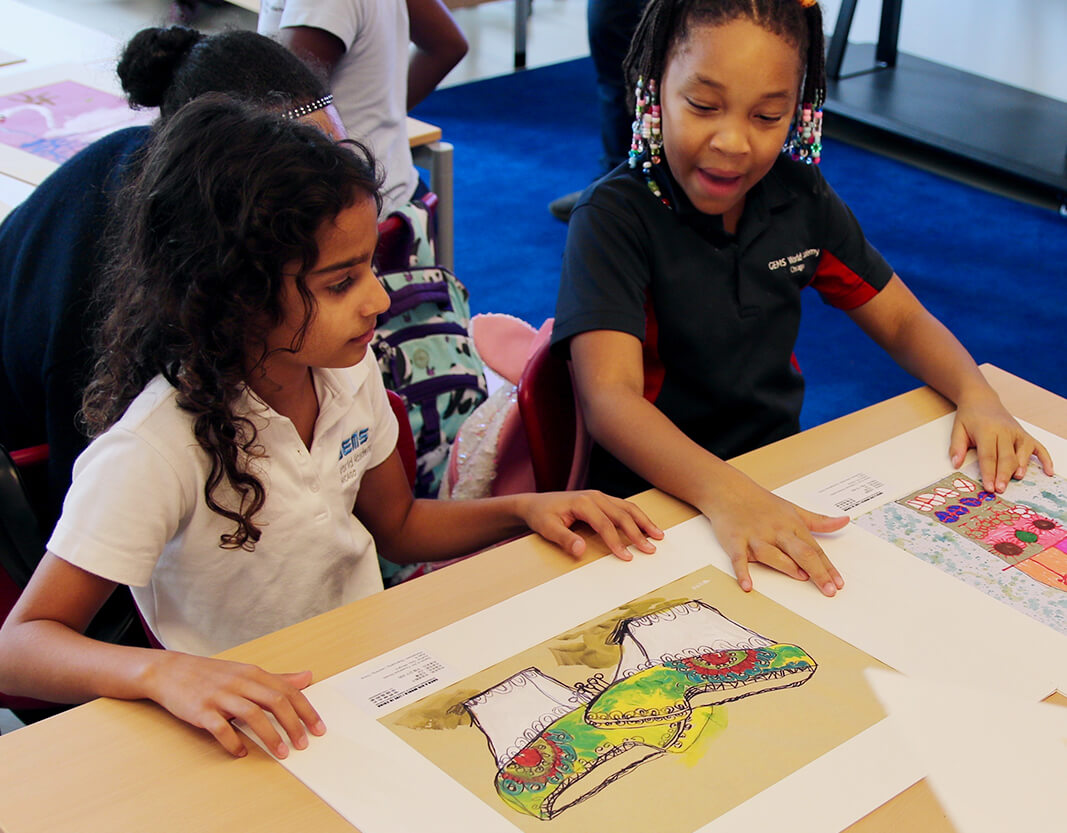
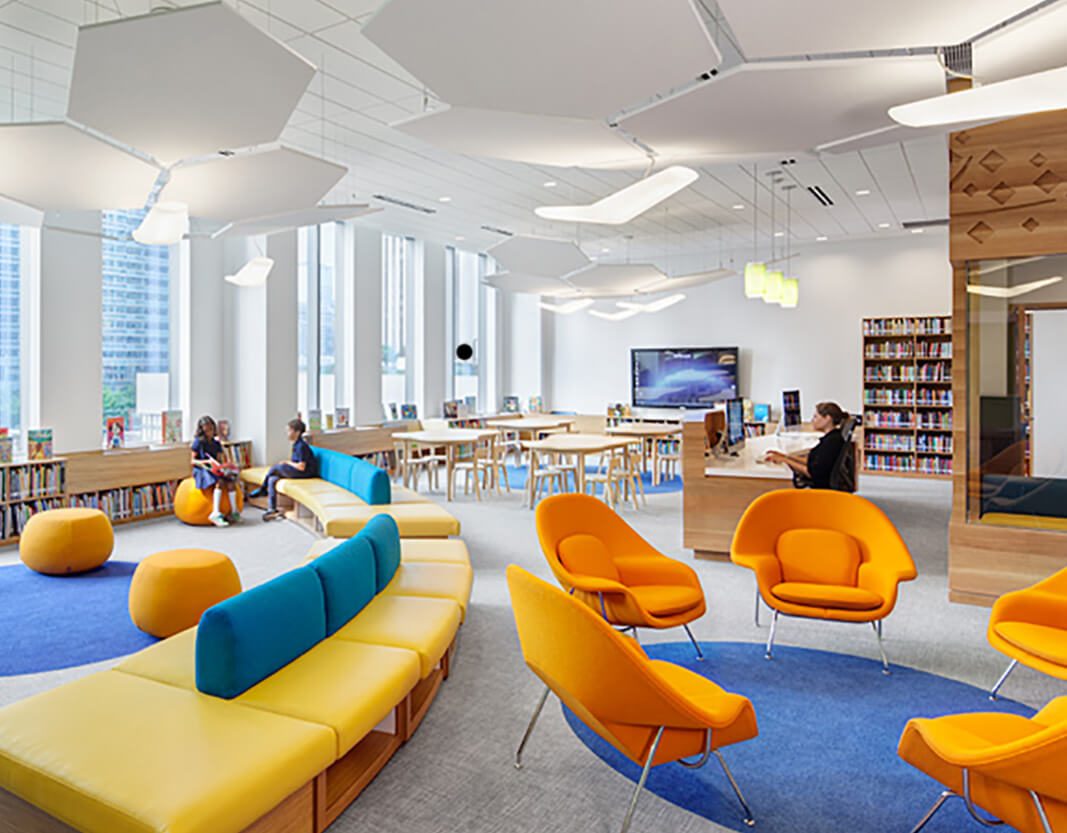
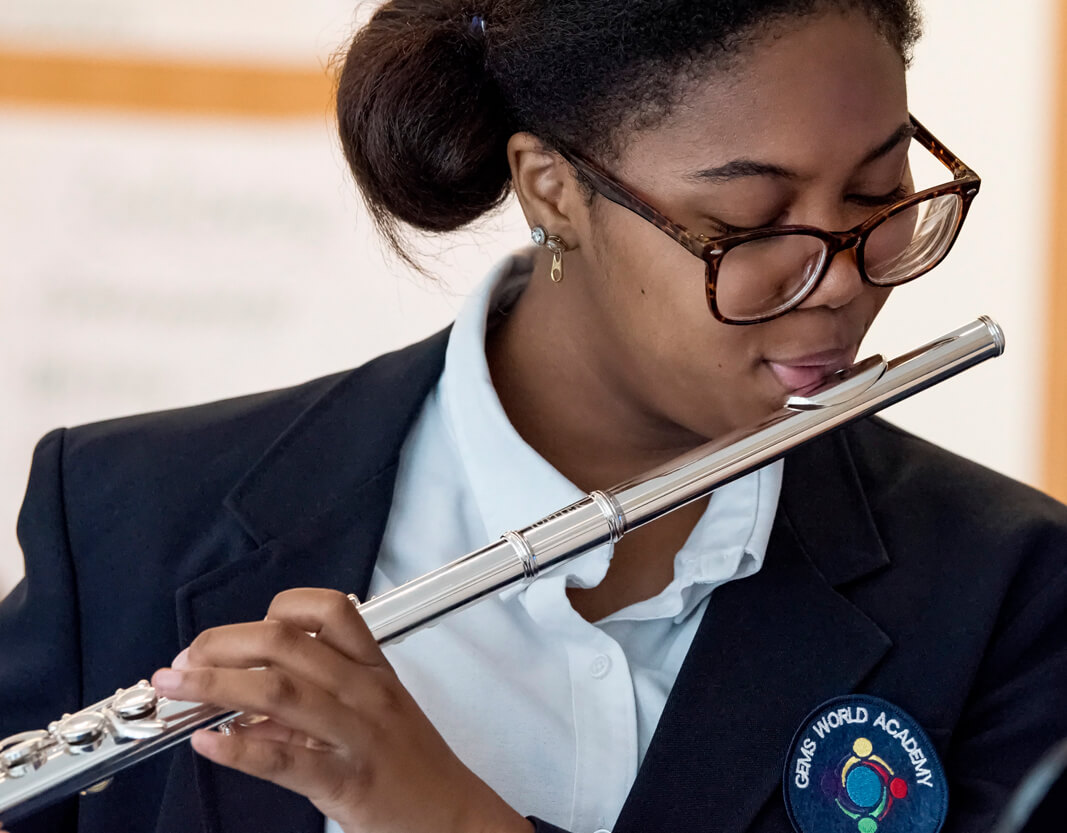
Mathematics
Students become fluent in the language of mathematics, and they begin to view it as both a way of thinking and a tool for problem solving. We use the Singapore Math Primary Mathematics, U.S. Edition, as the foundation of our math instruction. Student learning progresses from the concrete to the symbolic, and then on to the abstract. As with all subject areas, mathematics is incorporated throughout our units of inquiry to reinforce the understanding that math is everywhere in the real world.
Literacy
The program of inquiry provides an authentic context for all aspects of language development and use. When language concepts like phonics are taught outside the program of inquiry, links are made to the learner profile, attitudes, central idea and key concepts of the unit. Students become skilled readers, writers, listeners and speakers. Our Reader’s Workshop/Writer’s Workshop model is based on Columbia University’s
Teachers College Reading and Writing Project.
World Languages
Learning a second language is a key component of our curriculum. Students will develop the four core skills of reading, writing, listening and speaking in their choice of French, Mandarin, or Spanish. All of our students receive daily instruction in the world language of their choice. Our program approaches the study of world languages as a way to create and enhance intercultural connections. Students discover how their values, mores and behavior differ from those exhibited by people across the world. That awareness then fuels deeper respect, empathy and understanding.
Science
Our science program aims to enable children to acquire scientific skills and knowledge and to develop and use the scientific investigation skills to ask
questions and seek solutions. The science program engages students in the exploration of living things, Earth and space, materials and matter, forces and energy and the nature of science and its relationship to technology.
Social Studies
Students examine and think about human behavior realistically, objectively and with sensitivity. Social studies encourages curiosity and develops deep understanding of our rapidly changing world through the study of people in relation to their past, present, future, environment and society. Students explore how people think feel and act, as well as how they interact with others. Students learn about major elements of societies, communities, cultures, history, geography, civics and citizenship.
Personal, Social & Physical Education
Personal and Social Education (PSE) develops students’ understanding of communication, feelings, choices, health, and perspectives within society. Students develop strategies to resolve conflicts, recognize rights and responsibilities, and develop self-management strategies. Physical Education (PE) aims to promote a healthy, safe and active lifestyle among students. The physical education curriculum offers each child opportunities to gain
competence in gross and fine motor skills and apply these skills in the context of games and activities.
Visual Arts
The visual arts curriculum promotes the artistic talents, skills and knowledge of each student. Students explore art history, art appreciation, design, influence and style through personal, historical, social and cultural perspectives. Whenever appropriate, visual art is incorporated into the program of inquiry. Our visual arts curriculum is enhanced and extended using resources in Chicago and around the world.
Library
The library faculty promotes a love of reading and literature for all learners, inviting students to investigate areas of interest, explore concepts
and content in authentic ways, collaborate, create, present, model, reflect and provide feedback to other learners. The library, which is open to students throughout the school day, encourages them in their independent reading practice and supplies a wide range of media and content for exploration on an individual basis.
Music
In music, we build knowledge and skills with an emphasis on creating music using the voice. Students explore and utilize instruments, such as percussion, tambourines, bells, claves and rhythm sticks, while also engaging their bodies. Students are encouraged to appreciate music from other cultures and time periods while understanding the many purposes of music in everyday life. Throughout the year, students perform in concerts with varied repertoire, styles, accompaniment, and presentation. Students have the chance to participate in musical ensembles such as choir and musicals.
Optional CTA
It’s an honor being a GEMS parent and seeing my son experience the world face-to-face in his education.
We put a lot of time and research into finding the best possible school environment for our daughter, and every day confirms that we made the right choice by choosing GEMS World Academy.




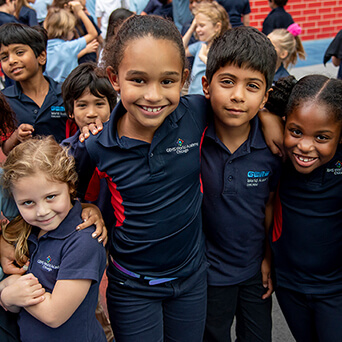
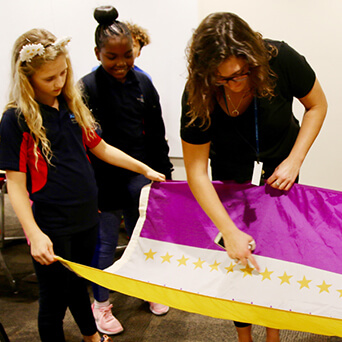
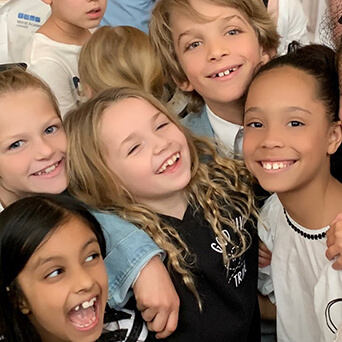
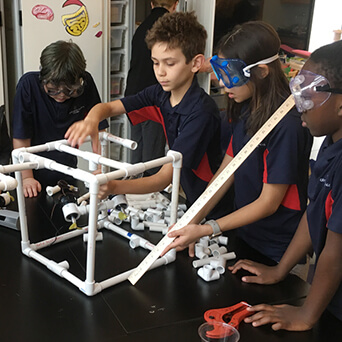
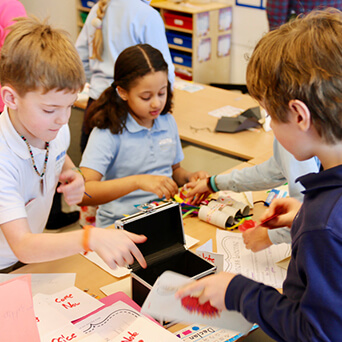
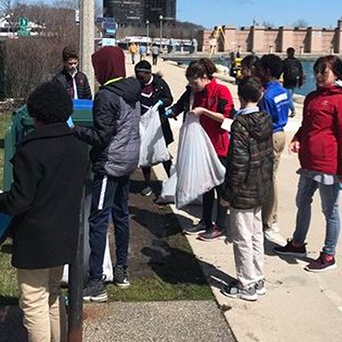
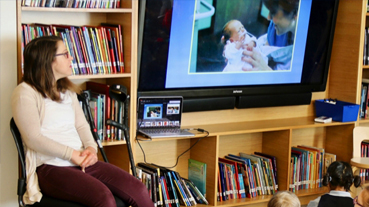
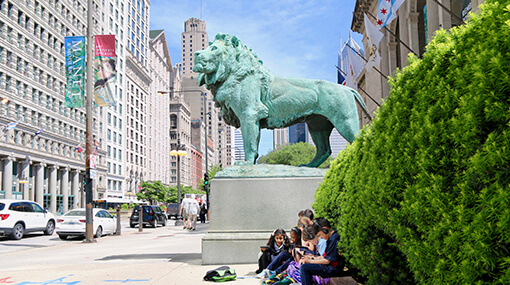
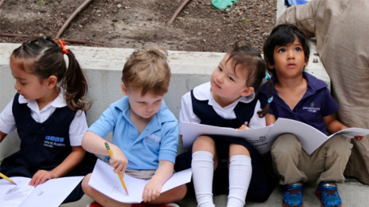

 For an optimal experience, please<br> rotate your device to portrait mode.
For an optimal experience, please<br> rotate your device to portrait mode.